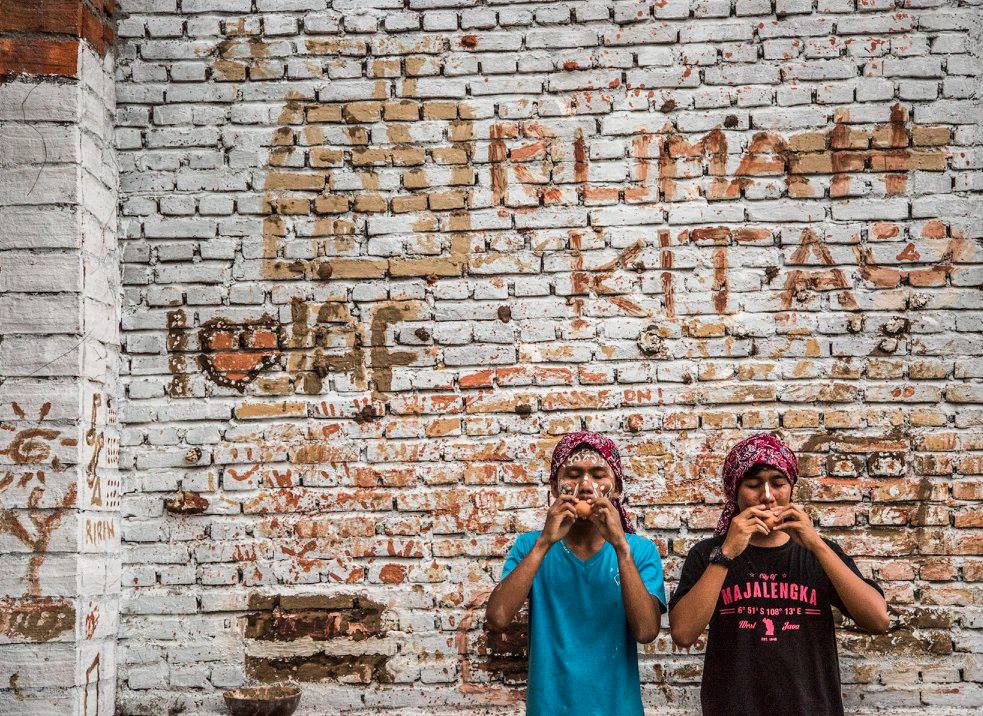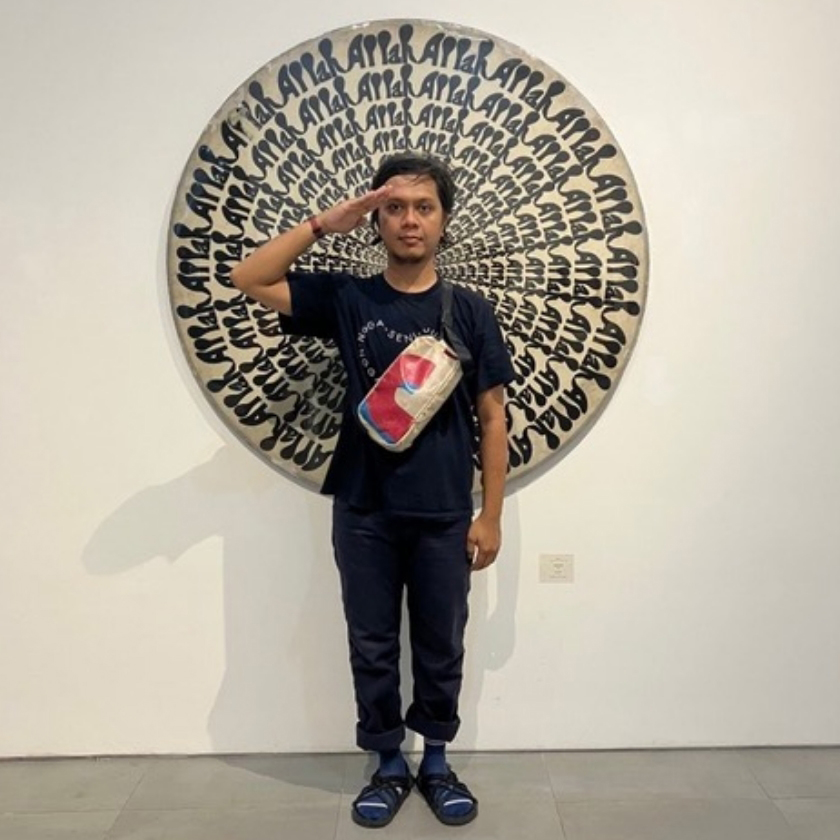Evoke the history of colonialism between Indonesia – Netherlands; this project tries to respond it with approach of food and social design. As we know that colonialism started by the searching of spices, sugar, coffee and tobacco (for food purposed).
We collaborated with independent artist, masharu, and ceramist, Lonny van Ryswyck, from Atelier NL. The core of our collaboration starts with clay, which is related to issues linking to the earth, soil, dirt, land, and ground. I call this movement ‘Claynialism’. This is an effort to re-design ‘clay’ with all its particularities as a ‘cool yet humble identity’, especially for youth. This project is not an effort to occupy land or region; rather, it is a collaborative effort between districts and countries

Jatiwangi is one of 16 subdistricts in Majalengka Regency. Since 1905 Jatiwangi recognized as the biggest rooftile producer in Indonesia (probably in Southeast Asia). For Jatiwangi, there is a metaphor that Jatiwangi people eat from rooftiles (means they’ve got a money from rooftile business industy). Meanwhile there is an ancient tradition in northern Java that people eat roasted clay as a snack and medicine. Few people is still eating clay and sell it in the traditional market.

Geographically; Majalengka is a small town in transition of the colossal construction project neither government or private. Majalengka have several big project such as; Kertajati International Airport, garment and textile industry, Jatiwangi Square Shopping Area, Jatigede Big Dams and Toll Road Cipali (Cikopo – Palimanan) as a connection between Majalengka and Jakarta. Now by new toll road, we only need about 2 hour from Majalengka to Jakarta (before we need about 5/6 hours). Garment factory come and slowly seize the rooftile workers to move to the garment factory. For now, not a few people in Jatiwangi have no contact and touch with clay anymore. This is all about land, earth, ground, dirt and clay.
Since 2005 we start to make several project and activity in the artist initiative named Jatiwangi art Factory (JaF) such as, artist in residency, workshop, exhibition, festival, radio and TV community broadcasting, monthly discussion, etc. We make musical instrument from clay, rooftile, ceramic and material around the village. We held Ceramic Music Festival; involving the villagers to make music from clay we made together.
All things we do in Jatiwangi is trying to make people and neighbor in Jatiwangi happier and get in touch again with the clay as their identity. Hope they can be realize by themselves the bad and good impact to facing the colossal construction in full consciously and happiness. We also want to tell the Jatiwangi people that clay as an identity of Jatiwangi still has a dignity.

Claynialism is a regional development strategy with the collective consciousness based on dignity of its homeland identity. Claynialism presented by the Agreement of Bilateral Design between Majalengka and Eindhoven. Claynialism will be implemented for consideration of Majalengka regional development.
The project was realised in 2015 within Age of Wonderland, a social innovation program by Hivos, Baltan Laboratories and Dutch Design Week addressing the intertwined and complex issues around our global food system. Curated by Arne Hendriks.
https://jatiwangiartfactory.com/

